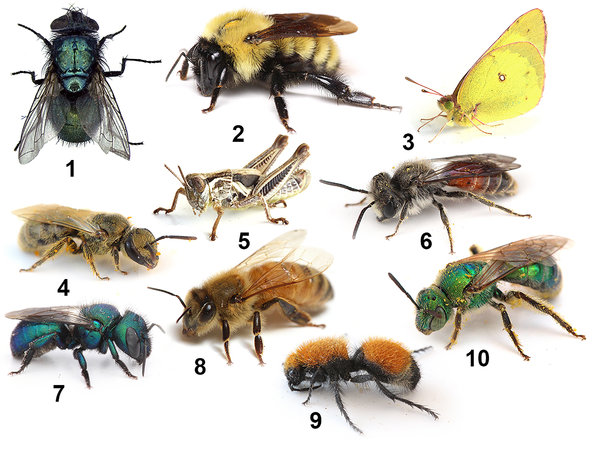Organic things can carry coded messages about their home environments. Tree rings can tell scientists what the atmosphere was like when the tree was young. Lichens can reveal local air pollution levels. Now, scientists in Canada report that honey carries a message, too.
A survey of urban beehives around Vancouver, which was published last week in Nature Sustainability, showed that the hives’ honey contained minute levels of lead, especially downtown and near the city’s port. The readings suggest that honey can be a sensitive indicator of air quality. And with urban hives growing in number and already more numerous than many people realize, tracking their pollutant levels may offer an inexpensive way to monitor what’s in the air all over the world, said Dominique Weis, a professor of geochemistry at University of British Columbia and a co-author of the paper.
[Like the Science Times page on Facebook. | Sign up for the Science Times newsletter.]
The project began when Hives for Humanity, a nonprofit that manages community beehives around the city, asked Dr. Weis to check the honey for lead and other substances. Bees are known to pick up trace amounts of metals, which settle on leaves and flowers from the air, as they forage for pollen.
The results showed very small levels of lead, along with traces of iron, zinc and other substances. A person would have to eat more than a pound of the honey a day to reach the U.S. Food and Drug Administration’s provisional tolerable lead intake level for an adult, Dr. Weis said. The Hives for Humanity honey compares favorably with honey elsewhere; its lead levels are below the worldwide average.
More interesting to the scientists, however, was that the technique showed how honey could serve as a sensitive pollution detector. The chemistry of different samples can reveal where the honey came from. Volcanoes, river rocks, coal and other natural sources of lead have their own distinctive signatures, based on the ratio of different isotopes of the heavy metal in them, said Kate Smith, a graduate student who worked with Dr. Weis and led the study. It was clear that the ratio of lead isotopes in the honey the team studied did not match the ratios detected in the nearby Fraser River or local sediments.
“What we can tell you is that the source is man-made, because it doesn’t correspond to anything that we have naturally,” Dr. Weis said.

Can You Pick the Bees Out of This Insect Lineup?
How can we save the pollinators if we don’t even recognize them?
She and her colleagues think that coal burned by ships in Vancouver’s harbor, as well as emissions from cars in the city’s streets, might be sources of the lead. Going forward, scientists might be able to track improvements or declines in air quality over time by monitoring the beehives and analyzing the honey.
With sensitive instruments to pick up on these messages, and urban apiaries becoming more common, it’s possible to paint a picture of a world that appears ever more connected. The researchers hope to expand their honey-monitoring efforts to other cities.
“There are over 17,000 registered hives in the metro Vancouver region,” said Ms. Smith. “People come out of the woodwork and say, ‘You can come to my backyard and sample my hive.’ Or, ‘Show me how to do it, I want to know what’s in my honey.’”




